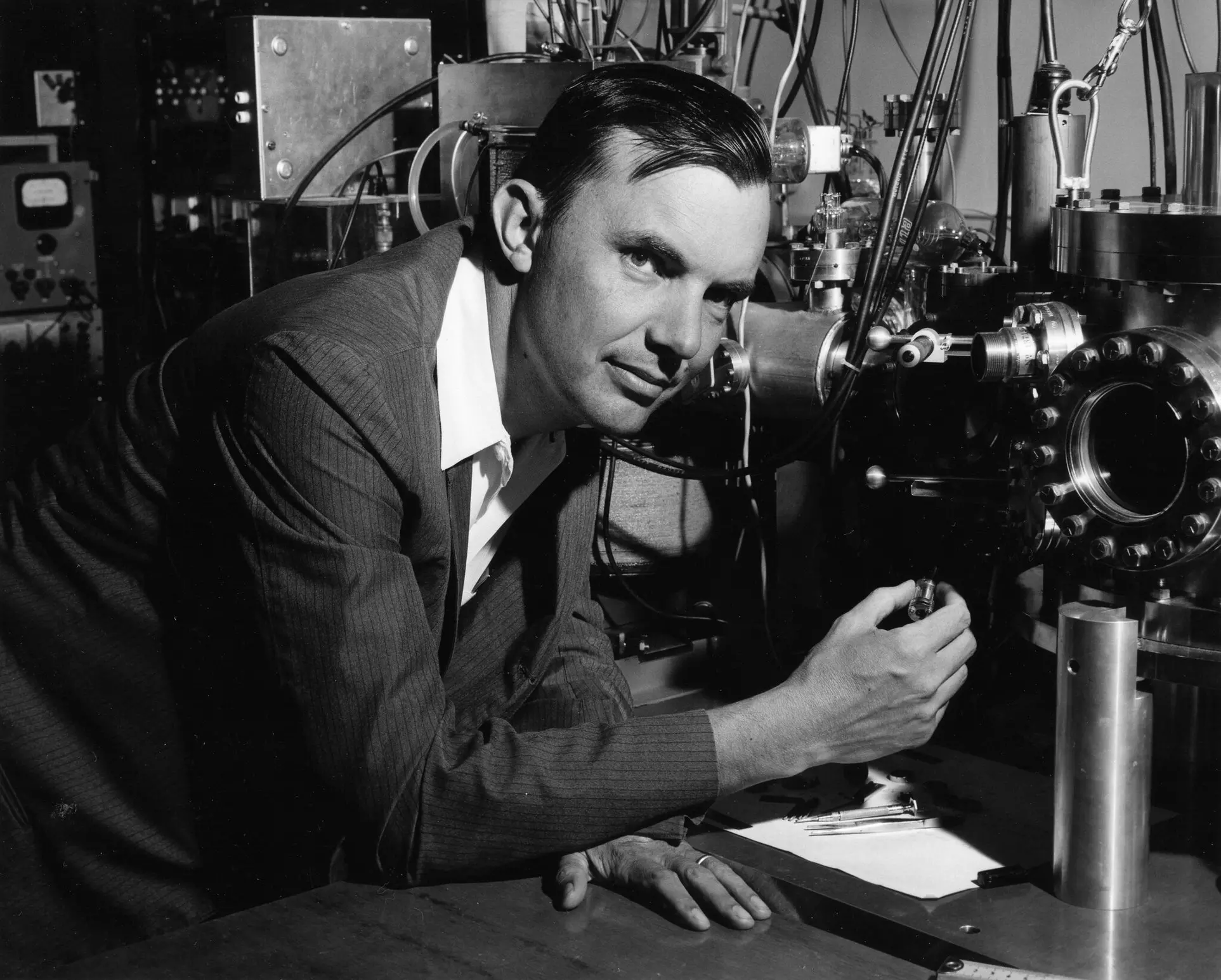Lewis Branscomb, science champ across fields, dies at 96
Dr. Branscomb started working for the government in the wake of World War II, and almost six decades later advised the Senate on America’s vulnerabilities after the terrorist attacks on Sept. 11, 2001.

As the Cold War was waning, the physicist Lewis Branscomb feared that America’s economic and scientific superiority was in jeopardy. Declining scientific literacy and critical thinking in American education, he believed, could have disastrous consequences for the country. Students, he told “The MacNeil/Lehrer NewsHour” on PBS in 1986, “don’t need to know a lot of facts about science, but they really do need to understand how to think in the way scientists think — that is, in a problem-solving approach, given a complex environment within which to make decisions.”
Whether in academia, private industry or government, Dr. Branscomb made it his job to push for the advancement of science and give it a bigger role in public policy. He held out hope for a brighter future through technology, but only if scientists and policymakers could get the public behind the idea.
Dr. Branscomb, who worked at the nexus of science, technology, policy and business throughout his career, died on May 31 at a care facility in Redwood City, Calif., his son, Harvie, said. He was 96. Dr. Branscomb led the National Bureau of Standards (now the National Institute of Standards and Technology), the federal government’s authoritative standards and measurements laboratory, from 1969 to 1972. He later served as IBM’s chief scientist, was a professor at Harvard, wrote hundreds of papers and wrote or contributed to about a dozen books.
Dr. Branscomb started working for the government in the wake of World War II, and almost six decades later advised the Senate on America’s vulnerabilities after the terrorist attacks on Sept. 11, 2001.
In the interim, he developed basic scientific techniques and refined measurements at the National Bureau of Standards; helped IBM turn its computers from hulking mainframes, which could cost more than an automobile, into something that could fit in a home office; and advised multiple presidents, including Lyndon B. Johnson, Richard M. Nixon and Ronald Reagan, on policy matters, particularly the space program.
Irving Wladawsky-Berger, a former IBM researcher and executive, said in a phone interview that Dr. Branscomb played a major role at the company when it was leading the development of technology like computer memory and storage, networking products and semiconductors. Dr. Branscomb “had the vision of making sure that IBM was a world class research company,” he said.
Dr. Branscomb called for technological growth to be driven as much by private industry as by the Defense Department and other government agencies, and expressed concern that the end of the space race with the Soviet Union had led to a diminished NASA.“Where once NASA challenged industry to go beyond what any had done before,” he said in testimony before Congress in 1991, “ today, the best commercial firms take more risk, stretch their technology further, reach for levels of performance and reliability that NASA no longer achieves or even expects.”
Slotnik is a reporter with NYT©2023
The New York Times



